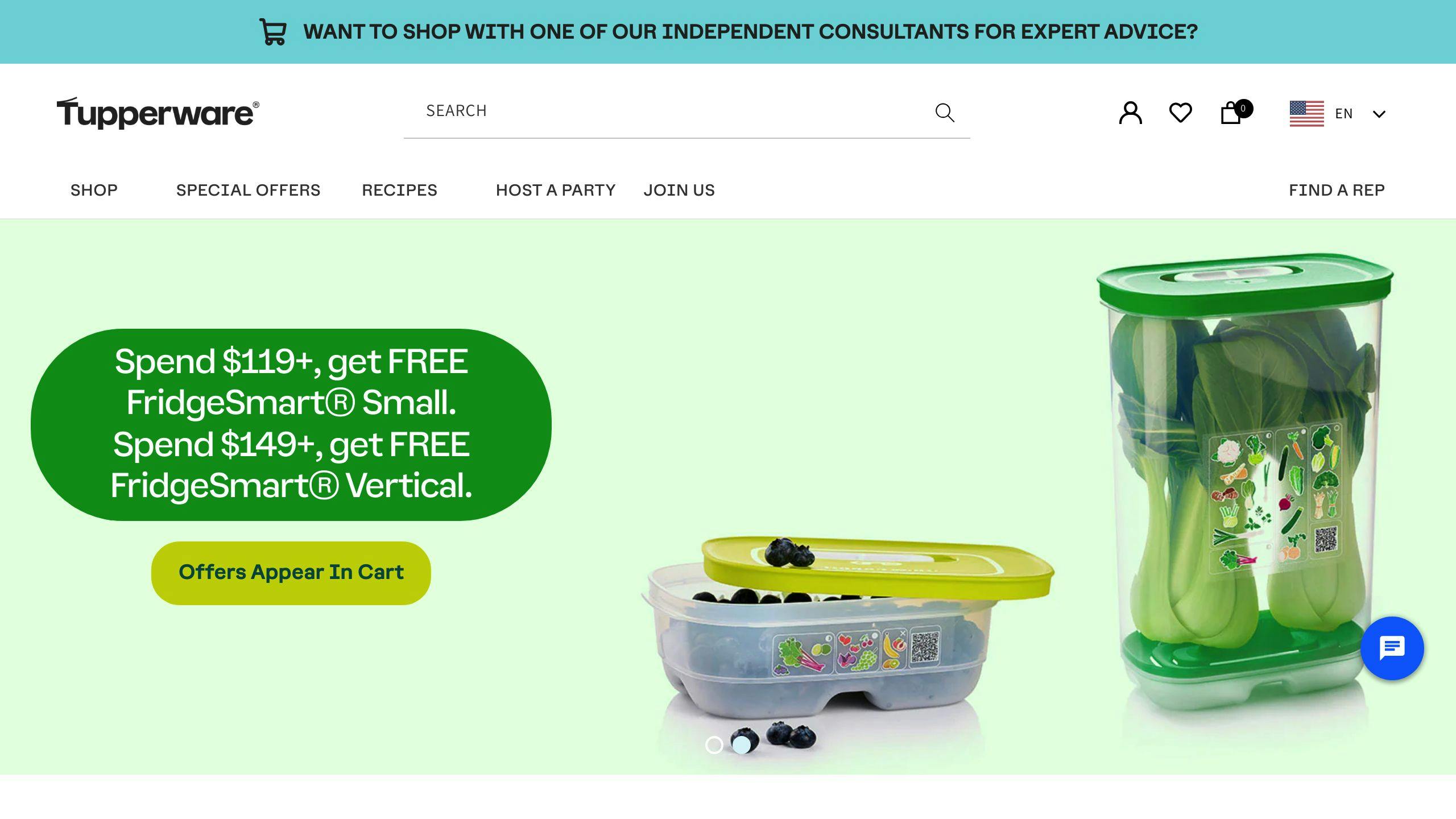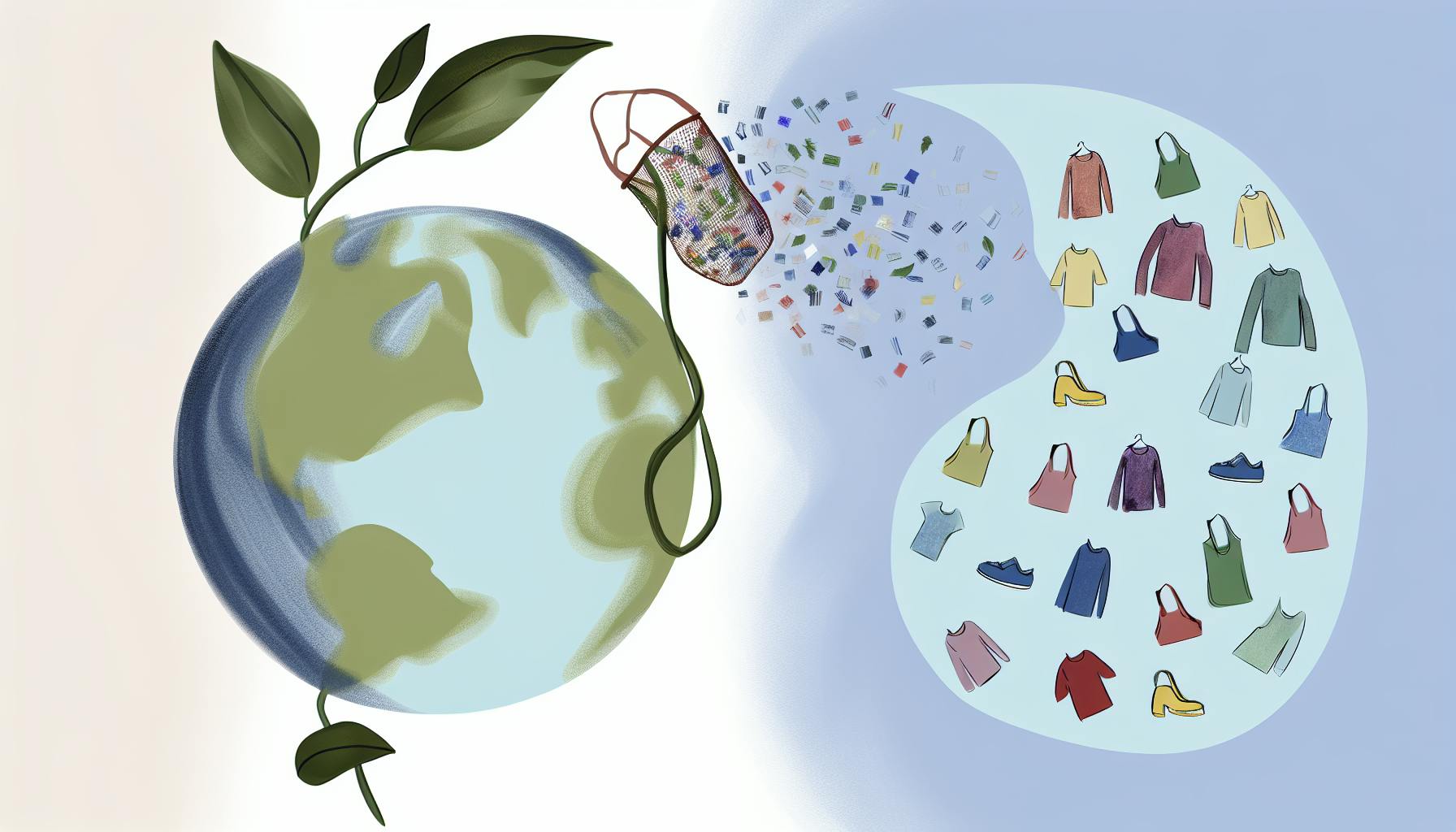Plastic food containers like Tupperware can release tiny plastic particles called microplastics into your food and drinks. These microplastics could potentially accumulate in your body and cause health issues like inflammation, hormone disruption, and increased cancer risk.
To reduce exposure to microplastics, consider safer options for food storage:
| Material | Pros | Cons |
|---|---|---|
| Glass | Does not release chemicals, durable, easy to clean | Can break, heavier, more expensive |
| Stainless Steel | Durable, does not release chemicals, easy to clean | More expensive, metallic taste |
| Silicone | Flexible, does not contain BPA or phthalates, microwave-safe | Degrades over time, not for high heat, more expensive |
Additionally:
- Never heat food in plastic containers or use them in the microwave or oven
- Replace old, scratched, or damaged plastic containers regularly
- Use safe materials like glass or stainless steel for hot or acidic foods
- Properly clean and maintain reusable containers
By taking action and spreading awareness, we can contribute to a healthier future for ourselves and the environment.
Related video from YouTube
Microplastics in Food Containers
Plastic food containers like Tupperware can release tiny plastic particles called microplastics into the food and drinks they store. These microplastics can come from the containers over time, especially as they get older and worn out. Here's how it happens:
How Microplastics Get Into Food
1. Old and Worn Containers
As plastic containers age and get used more, they are more likely to shed microplastic particles. The plastic breaks down due to exposure to heat, light, and repeated use, causing small pieces to break off and contaminate the contents.
2. Heat Exposure
Heating plastic containers, like when microwaving food in them, can speed up the release of microplastics. High temperatures can cause the plastic to degrade and leach microplastic particles into the food or drinks.
3. Acidic or Fatty Foods
Storing acidic foods like tomato sauce or fatty foods like salad dressings in plastic containers can increase the risk of microplastic contamination. These types of foods can interact with the plastic and cause it to break down faster, leading to the release of microplastic particles.
4. Poor Cleaning and Maintenance
Not properly cleaning and maintaining plastic containers can also contribute to microplastic contamination. Scratches, cracks, or other damage to the plastic surface can cause it to shed microplastic particles more easily.
| Factors Contributing to Microplastic Contamination |
|---|
| Old and worn containers |
| Heat exposure (e.g., microwaving) |
| Storing acidic or fatty foods |
| Poor cleaning and maintenance |
Potential Health Risks
The potential health risks of ingesting microplastics are a growing concern, although more research is still needed to fully understand the impacts. Some potential risks include:
- Accumulation in the Body: Microplastics can build up in various organs and tissues, potentially causing inflammation and other issues over time.
- Hormone Disruption: Some microplastics contain chemicals that can disrupt the endocrine system, potentially affecting hormone levels and leading to reproductive problems or developmental issues.
- Immune System Responses: Microplastics may trigger immune system responses, leading to inflammation and other adverse effects.
- Cancer Risk: Some studies suggest that certain types of microplastics or the chemicals they contain could potentially increase the risk of cancer, although more research is needed to confirm these findings.
Despite the potential risks, there is currently a lack of regulation and awareness surrounding microplastic contamination from food containers. Consumers should be mindful of the potential for microplastic exposure and consider safer alternatives for food storage when possible.
Safer Food Storage Options
To avoid potential health risks from tiny plastic particles (microplastics) and other chemicals leaking from plastic food containers, it's wise to explore safer alternatives like glass, stainless steel, and silicone containers.
Glass Containers
Pros:
- Glass does not release chemicals into food
- Extremely durable and long-lasting
- Easy to clean, does not absorb odors or stains
Cons:
- Can break and is heavier than plastic
- Higher upfront cost
Stainless Steel Containers
Pros:
- Durable and long-lasting
- Does not release chemicals
- Easy to clean and dishwasher-safe
Cons:
- More expensive than plastic
- Contents are not visible
- May impart a slight metallic taste to some foods
Silicone Containers
Pros:
- Flexible and durable
- Does not contain BPA or phthalates
- Microwave-safe and heat-resistant
Cons:
- Can degrade with high heat exposure over time
- Not suitable for oven use or high-temperature cooking
- More expensive than plastic
Material Comparison
| Material | Pros | Cons |
|---|---|---|
| Glass | Does not release chemicals, durable, easy to clean | Breakable, heavier, more expensive |
| Stainless Steel | Durable, does not release chemicals, easy to clean | More expensive, metallic taste |
| Silicone | Flexible, does not contain BPA or phthalates, microwave-safe | Degrades over time, not for high heat, more expensive |
While glass, stainless steel, and silicone containers are generally safer options than plastic for food storage, each material has its own advantages and disadvantages to consider based on your needs and preferences.
sbb-itb-1dc3f59
Tips for Safe Food Storage
Don't Heat Food in Plastic
Never use plastic containers to heat food in the microwave or oven. High temperatures can cause tiny plastic particles and chemicals to leak into your food. Instead, use glass or ceramic containers when reheating leftovers.
Replace Old or Damaged Containers
Over time, plastic containers can get scratched, cracked, or cloudy. This increases the risk of tiny plastic particles getting into your food. Regularly check your containers and throw away any that show signs of wear. Replace old plastic containers with glass or stainless steel options.
Use Safe Materials for Hot or Acidic Foods
Plastic containers are more likely to leak tiny plastic particles when storing hot or acidic foods like tomato sauce, citrus fruits, or vinegar-based dressings. To avoid this, choose glass or stainless steel containers for these types of foods.
Proper Container Care
To extend the life of your reusable containers and reduce the risk of contamination, follow these tips:
- Wash containers thoroughly with hot, soapy water after each use.
- Avoid abrasive scouring pads or harsh cleaners that can scratch the surface.
- Allow containers to air dry completely before stacking or storing.
- Inspect containers regularly for any cracks, scratches, or discoloration, and discard if present.
- Follow the manufacturer's instructions for proper care and maintenance.
| Container Material | Pros | Cons |
|---|---|---|
| Glass | Does not release chemicals, durable, easy to clean | Can break, heavier, more expensive |
| Stainless Steel | Durable, does not release chemicals, easy to clean | More expensive, metallic taste |
| Silicone | Flexible, does not contain BPA or phthalates, microwave-safe | Degrades over time, not for high heat, more expensive |
Conclusion
Key Points
- Tiny plastic pieces called microplastics can leak from food storage containers into your food and drinks. This could potentially harm your health.
- Plastic containers, especially old or damaged ones, are more likely to release microplastics and chemicals when heated or used for hot or acidic foods.
- To reduce exposure, replace worn plastic containers with safer options like glass, stainless steel, or silicone.
- Proper care, like avoiding abrasive cleaners and following instructions, can extend the life of reusable containers and minimize contamination.
Take Action
We all need to work together to address microplastic pollution from food containers:
- Choose safer materials like glass, stainless steel, or silicone for storing food, especially hot or acidic items.
- Regularly check and replace old, scratched, or damaged plastic containers.
- Avoid heating food in plastic containers or using them in the microwave or oven.
- Support organizations raising awareness about microplastic pollution and advocating for stronger regulations.
More research and collaboration among scientists, policymakers, and manufacturers are crucial to understand the long-term impacts of microplastics and develop sustainable solutions. By taking action and spreading awareness, we can contribute to a healthier future for ourselves and the environment.
| Safer Food Storage Options |
|---|
| Glass Containers |
| Pros: Do not release chemicals, durable, easy to clean |
| Cons: Can break, heavier, more expensive |
| Stainless Steel Containers |
| Pros: Durable, do not release chemicals, easy to clean |
| Cons: More expensive, metallic taste |
| Silicone Containers |
| Pros: Flexible, do not contain BPA or phthalates, microwave-safe |
| Cons: Degrade over time, not for high heat, more expensive |
FAQs
How can I tell if my Tupperware is safe?

Look at the recycling number on the bottom of your plastic containers. Containers marked #2 (HDPE), #4 (LDPE), or #5 (PP) are generally considered safer choices for food storage. Avoid containers marked #3, #6, or #7, as these plastics may contain chemicals that can leak into food.
Is BPA-free plastic better than regular plastic?
BPA-free plastics are not necessarily safer than plastics containing BPA. Some studies suggest that the chemicals used instead of BPA may have similar effects on hormones. The safest options are non-plastic materials like glass, stainless steel, or silicone.
| Safer Plastic Codes | Plastics to Avoid |
|---|---|
| #2 (HDPE) | #3 |
| #4 (LDPE) | #6 |
| #5 (PP) | #7 |


